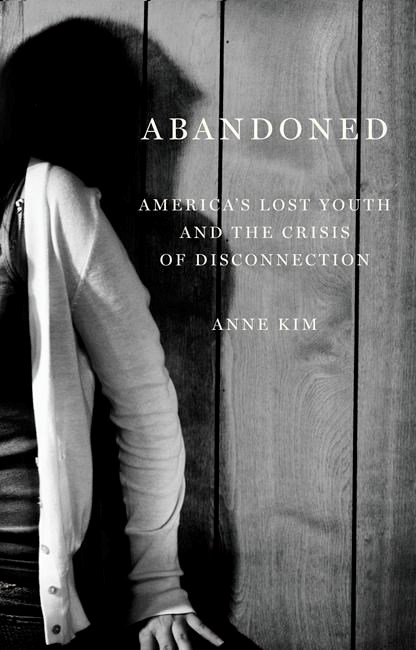"Abandoned: America’s Lost Youth and the Crisis of Disconnection,” The New Press, by Anne Kim
In 2017, the Social Science Research Council said 4.5 million Americans between the ages of 16 and 24 were neither in school nor working.
Perhaps the most compelling group in Kim’s book are the teens who have “aged out” of the foster care system. The book cites a 1985 case reported in The New York Times of Reggie Brown, who a week after his 18th birthday, was discharged from his group foster home, handed cab fare and given directions to a men’s shelter. A flurry of legislation followed that reporting. Oregon, for example, created a 41-page youth transitions procedure.
But governance cannot create someone who cares, a father, a mother or a big-brother/big sister figure. Predictably then, “graduates” of the foster-care system have low rates of higher education and career success and higher rates of low-income jobs and interactions with police and courts.
Kim contrasts Reggie Brown’s prospectus with that of high school grads whose parents are well enough financially fixed to provide a “gap year” of enrichment – travel, learning to play the steel drums perhaps or otherwise mentally and emotionally exploring after high school and before beginning the study
Opportunities available to youth raised in the middle and upper classes – internships, mentors and professional family connections – give them priceless connections typically unavailable to foster grads, children of drug-involved or incarcerated parents and youth unlucky enough to be raised in dying rural towns.
Kim sometimes stretches a bit in her passion for the subject, lamenting, for example, unreliable bus schedules as an obstacle to urban youth lacking a car.
Sorry, the bus still beats a long hike to work.
So, what can be done to rescue the abandoned?
Kim’s solutions include transitional supports, mentoring and enhanced high-school programs that engage youth who otherwise might drop out.
“Abandoned” also calls for:
— Recognizing that “emerging adulthood” now is a scientific fact – the brain is not fully wired until about 25.
— Understanding that children fortunate enough to have had Baby Einstein toys, piano lessons and summer camps, and also grow up in a network of coaches, internships and parent-generated connections, are going to be further ahead than young adults lacking any of that.
— Reforming the criminal justice system to provide more rehabilitation, especially for young offenders before their life is permanently stained.
— Adjusting the tax code so the poor get some of the benefits that now accrue to the rich. Kim quotes a study by Harvard University’s Raj Chetty showing that children born to poorest fifth of American parents have less than an 8
“Abandoned” is soaked in figures amplifying talking points but here is is a memorable one from the Urban Institute: The rich and upper middle-class now control 63
Abandoned children tend to come from the lowest family income groups, if they have a family at all. “A hallmark of disconnected young people is that they often don’t have parents or a family to fall back on to support them through their transition to independence,” Kim writes. We may not be able to provide caring parents, but as Kim notes, we can do a better job bolstering schools in poor areas and provide more training, employment and family planning programs.
Jeff Rowe, The Associated Press



